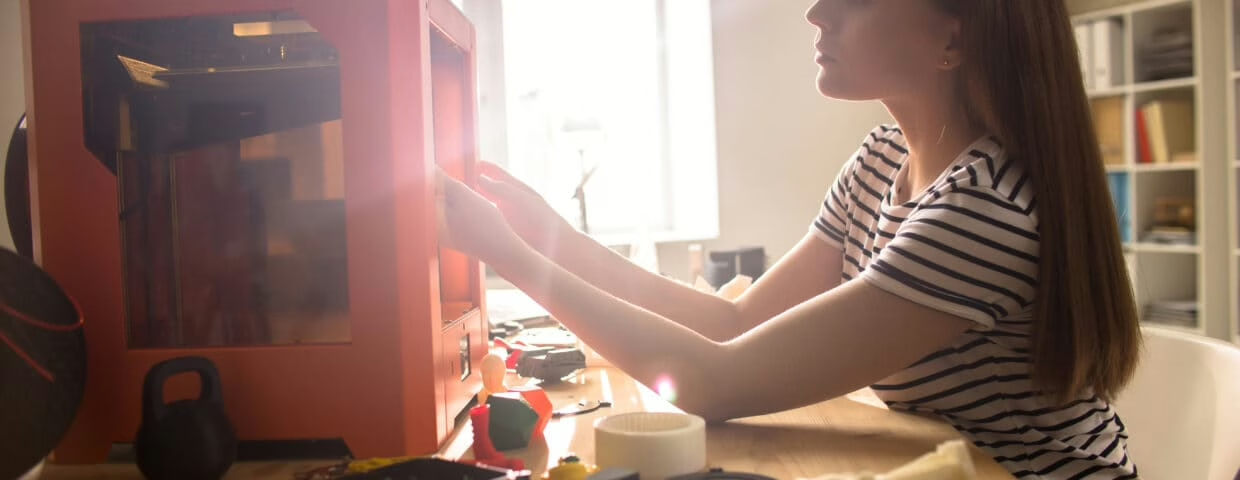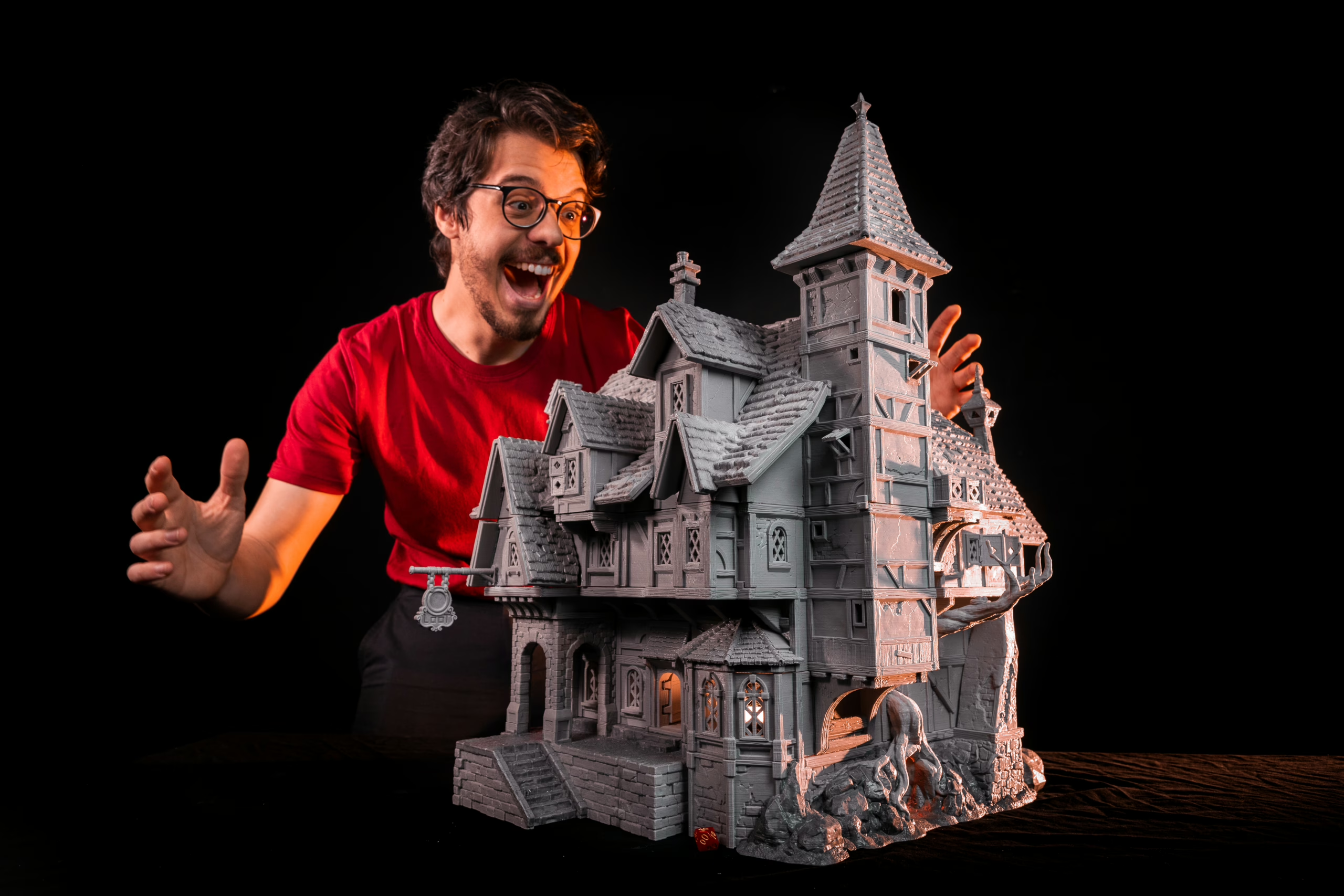When Was The 3D Printer Invented?
How a Science Fiction Dream Became Today's Everyday Tool

3D printing is the process of building a physical, three-dimensional object with the help of a 3D printer. No secrets to that. It slowly adds the material, layer by layer, until it’s complete. The process can take up a few minutes or a whole day, depending on the size of the project. Furthermore, 3D printers can be used to create all sorts of interesting things. It goes from medical apparatus to fashion accessories and even action figures. This amazing technology was first imagined in science fiction around 1940, but would only be developed forty years after that. That means that the invention of 3D printing is older than the Internet. Shocking, right? In this article, we’ll explore why this technology was created and how it became the modern sensation that it is today.
Invention of The 3D Printer – The Race
It all began in the early 80’s. Inventors from all around the world were trying to create a new method to speed up prototyping. Traditional manufacturing methods were slow and still based on material removal. It was then that the Japanese designer, Dr. Hideo Kodama, discovered a way to harden photoreactive polymers with UV lights—what today is called the curing—to create objects through an additive process from the ground up. That discovery awarded him a spot in the Guinness Book, and he secured the first patent related to the invention of the 3D printer.
Three years later, a French team discovered the Stereolithography (SLA) technique. It was a process similar to what Dr. Kodama had invented, yet this new method could cure resin. However, their team abandoned this idea due to a lack of significant business prospects and gave up on their patent application right after filing it. Needless to say, they probably regret it to this day.
Only three weeks later, the American engineer Chuck Hull decided to take this opportunity to file his own version of SLA—stereolithography as we know it today. Hull is also known for creating the STL format, used by 3D printers to read digital models. This format allowed anyone with the right tools and the right software to print their own original 3D models.

Other Methods of 3D Printing
In the late 80’s, the American inventor, Carl Deckard, created a new technique that could fuse powders into a solid structure, the SLS. Instead of liquid materials like resin, Deckard’s process used powdered materials like nylon, ceramics, glass, and others. The process idea was to fuse and later solidify them into the object’s layers. Another great invention from the same period came from EOS GmbH, a German company that complemented Deckard’s work with a Direct Metal Laser Sintering (DMLS) technique. It could use metals like stainless steel, aluminium, titanium, and silver. This opened the doors to 3D printing in the aerospace and medical industries because of their need to create metal parts with high precision.
Meanwhile, another American inventor, S. Scott Crump, pioneered a new method of 3D printing. His new approach to additive layering used heat and extruding thermoplastic material instead of using lasers or UV lights. His method—known today as Fused Deposition Modeling (FDM)—was safer, more cost-effective, and simpler. This advancement was a crucial step in the invention of the 3D printer as a technology for everyone, finally allowing it to reach the masses.
The Evolution and Impact of 3D Printing
3D printing has widely spread into architecture, automotive, healthcare, construction, and even aerospace industries. For example, the International Space Station has been printing some of its tools in space, using a low-gravity 3D printer to create them instead of delivering the equipment from Earth. The food segment has also been impacted by 3D printing technology. With specific 3D printers, they can print any shape of food with edible materials like meat and chocolate. Of course, you can also print many different types of 3D printable items, such as 3D miniatures, statues, and much more!
This is an era where anything imaginable can be printed into reality, and that includes fantasy worlds. Imagine a table full of tabletop RPG miniatures of awe-inspiring kingdoms, spooky dungeons, mighty heroes, terrifying monsters, and jaw-dropping loot during a cool RPG session. Only a few things can feel more memorable than that, and anyone can start this amazing 3D printing hobby today, whether they own an FDM or resin 3D printer, or if they want to print it on demand at a local game store.
Loot Studios can help you tell your story. Choose your favorite bundle from our previous releases or sign up for Fantasy or Sci-Fi to receive a new bundle every month. You can also check out some tips on our YouTube Channel.



